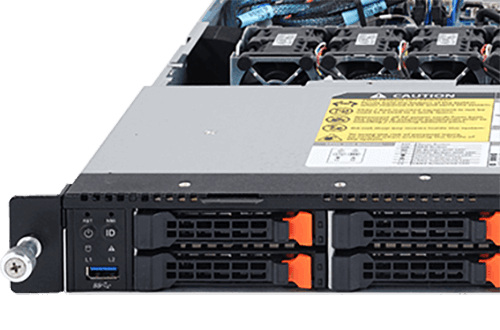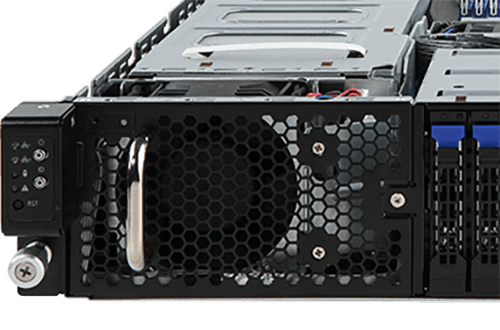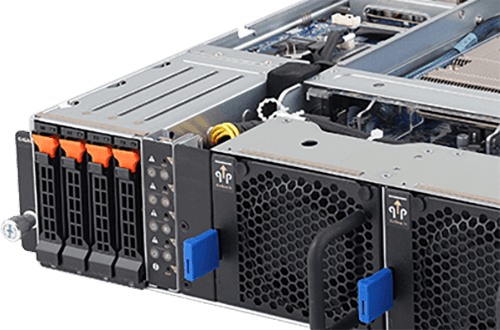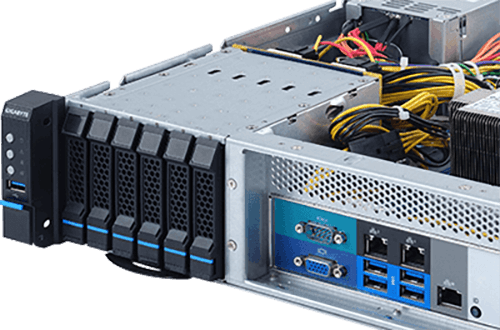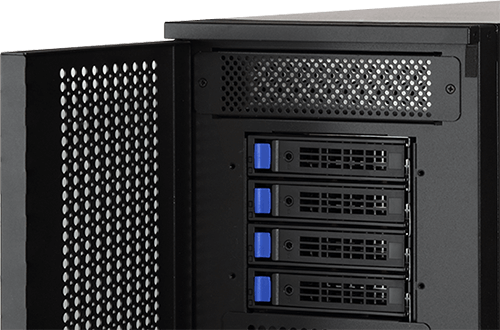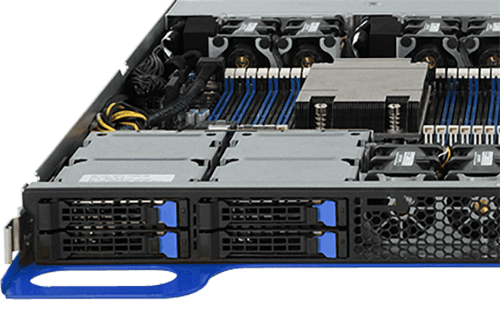GIGABYTE Gen3 2500E SSD 500GB
Specifiche
G325E500G
- InterfaceInterfacePCIe 3.0x4, NVMe1.3 interface
- Form FactorForm FactorM.2 2280
- Total CapacityTotal Capacity500GB
- External DDR CacheExternal DDR CacheN/A
- Sequential Read speedSequential Read speedUp to 2300 MB/s
- Sequential Write speedSequential Write speedUp to 1500 MB/s
- Random Read IOPSRandom Read IOPSUp to 60K
- Random Write IOPSRandom Write IOPSUp to 240K
- DimensionDimension22 x 2.3 x 80 mm
- Mean time between failure (MTBF)Mean time between failure (MTBF)1.5 million hours
- Max. Operating PowerMax. Operating PowerRead: 2300mW
Write: 2250mW - Power Consumption (Idle, PS3)Power Consumption (Idle, PS3)30mW
- Power Consumption(PS4, L1.2)Power Consumption(PS4, L1.2)5mW
- Temperature (Operating)Temperature (Operating)0°C to 70°C
- Temperature (Storage)Temperature (Storage)-40°C to 85°C
- WarrantyWarranty
- 1. Limited 3 years or 120TBW.
- 2. Limited warranty based on 3 years or 120TBW, whichever comes first. (*TBW is evaluated by JEDEC workload standard. )
*TBW (Terabyte Written): Terabytes Written is the total amount of data that can be written into a SSD before it is likely to fail. - 3. When the usage of an NVME SSD as indicated by the "Percentage Used" (SMART ID: 05) in SMART page of "GIGABYTE SSD toolbox" reaches 100 means out of warranty. (A new unused product will show the number of 0)
- NoteNote
- • Test system configuration: configuration may vary by models, we will choose the latest platform for verification.
- • Performance may vary based on SSD's firmware version and system hardware & configuration. Sequential performance measurements based on CrystalDiskMark and IOmeter 1.1.0.
- • Speeds based on internal testing. Actual performance may vary.
- • 1GB = 1 billion bytes. Actual useable capacity may vary.
* I materiali qui forniti sono solo di riferimento. GIGABYTE si riserva il diritto di modificare o rivedere il contenuto in qualsiasi momento senza preavviso.
* Le prestazioni pubblicate si basano su valori massimi teorici fornite dai rispettivi fornitori di chipset o organizzazione che hanno definito le specifiche di interfaccia. Le prestazioni effettive possono variare in base alla configurazione del sistema.
* Tutti i marchi ei loghi sono di proprietà dei rispettivi titolari.
* A causa dell'architettura standard del PC, una certa quantità di memoria è riservata al sistema e quindi la capacità di memoria reale è inferiore a quella dichiarata.
* Le prestazioni pubblicate si basano su valori massimi teorici fornite dai rispettivi fornitori di chipset o organizzazione che hanno definito le specifiche di interfaccia. Le prestazioni effettive possono variare in base alla configurazione del sistema.
* Tutti i marchi ei loghi sono di proprietà dei rispettivi titolari.
* A causa dell'architettura standard del PC, una certa quantità di memoria è riservata al sistema e quindi la capacità di memoria reale è inferiore a quella dichiarata.







